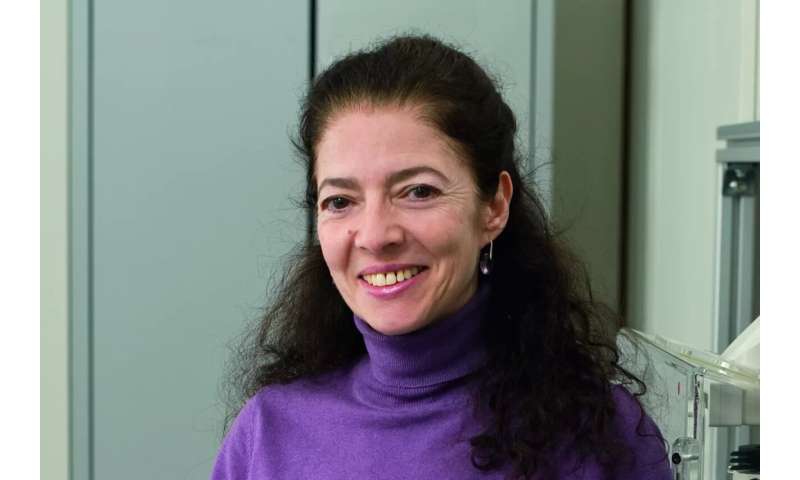Can we delay age-related diseases?

Children with Hutchinson-Gilford progeria syndrome (HGPS) develop premature aging symptoms. Karima Djabali, Professor at the Technical University of Munich (TUM), wants to understand the biological mechanisms behind these accelerated aging processes and help develop treatments for this rare disease. This knowledge could also help transform the prevention and treatment of widespread age-related conditions, offering benefits to society at large.
HGPS patients develop conditions such as hair loss, wrinkled skin, osteoporosis, and vascular disease. The leading cause of mortality in these patients is heart attack or stroke due to cardiovascular disease, at an average age of 14.5 years. This rare disease arises from a mutation in a specific gene, namely the LMNA gene.
Professor Djabali, what is the starting point for investigating this disease?
It is like a puzzle, where you start from one piece. In HGPS, we know exactly which gene is mutated. We know where the corresponding protein is localized and its functions. Healthy cells produce lamin A, a protein involved in many processes in the cell. Due to the mutation in HGPS, they produce the lamin A variant progerin. It causes damage to the cell and interferes with processes such as cell division and gene expression. Simply put, the mutation triggers a cascade of events that make cells grow old too fast.
What kind of treatments are available at the moment?
There is only one drug (lonafarnib) that the U.S. Food and Drug Administration has approved. It reduces the harmful accumulation of progerin in the cell. Clinical trials have shown that it delays the progression of HGPS and increases the lifespan of patients.
Where does your research come in?
There is still a lot that we do not know about the mechanisms of HGPS and its effects on cells. Thus, we are continuing basic research to understand at a deeper level how the disease affects the cells and if similar problems also occur in normal cells during aging. The more we learn, the more we gain hints on where to look for ways to restore affected pathways. Now, we have made so much progress that we are talking about therapies. This is what motivates me.
How do you identify new therapeutic approaches?
HGPS patients suffer from several conditions, including osteoporosis, hair loss, the inability to produce fat tissue, and vascular disease. All of these have a common factor: inflammation. In our research, we've focused on pinpointing the activation of these inflammatory pathways and have successfully identified a specific pathway that plays a significant role.
With this knowledge, we can now evaluate medications known to inhibit this particular pathway. Additionally, it's crucial that any new drug not only effectively blocks this pathway but is also compatible with existing treatments for HGPS, potentially allowing for combined therapeutic strategies in the future.
What other aspects are you investigating?
We want to understand why children with HGPS do not develop fat tissue properly. This leads to severe health problems because fat tissue produces essential hormones for our body. We established a cell culture model derived from patient adult stem cells and are using it to identify the origin of this problem.
Another aspect we are currently investigating is vascular disease. We need to understand how progerin is affecting the vascular system. Why are cells losing their flexibility and response to mechanical signals? There is a lot to do.
HGPS is extremely rare. Can the results of this research be extended to other conditions?
Investigating HGPS helps us understand the mechanisms of aging in general. Most of our knowledge about aging processes comes from studies on premature aging syndromes such as HGPS. Understanding these mechanisms in detail can reveal crucial aspects that we should address if we want to delay aging and gain a longer healthy lifespan.
Provided by Technical University Munich